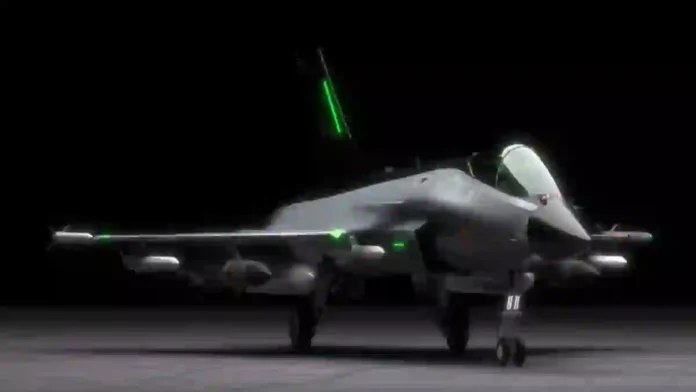India is embarking on an ambitious plan to manufacture around 500 fighter jets over the next two decades, but this goal faces significant challenges, particularly related to engine supply. The Indian Air Force (IAF) aims to enhance its combat capabilities through the production of various aircraft models, including the TEJAS MK-1A, TEJAS MK-2, Advanced Medium Combat Aircraft (AMCA), and Twin-Engine Deck-Based Fighters (TEDBF) for the Navy. However, delays in the supply of engines from General Electric (GE) have already impacted production timelines.
The production of the TEJAS MK-1A fighter jets has been severely affected by delays in the delivery of F404 engines from GE. Reports indicate that only two aircraft are expected to be produced this year instead of the anticipated 18 units due to these supply chain disruptions. The delays have been attributed to a South Korean firm involved in the manufacturing process that recently went bankrupt, which has hindered GE’s ability to deliver critical components necessary for engine assembly.
In response to these setbacks, India is considering imposing penalties on GE for failing to meet delivery schedules. The Indian government has expressed its concerns at high-level meetings with U.S. officials, emphasizing the need for timely engine supplies to support national defense projects. GE has committed to resuming engine deliveries by April next year, but the long-term implications of these delays remain uncertain.
The IAF currently operates only 31 squadrons, falling short of the required 42 squadrons needed to effectively address threats from neighbouring countries like China and Pakistan. As older aircraft fleets are phased out, including MiG-21s and other Soviet-era jets, there is an urgent need for new fighter jets to maintain operational readiness.
India’s ambitious fighter jet production plan includes:
– 180 TEJAS MK-1A Jets
– 108 TEJAS MK-2 Jets
– 126 AMCA Jets
– 100 Twin-Engine Deck-Based Fighter Jets (TEDBF)
However, achieving these production targets hinges on securing a reliable supply of engines. India is exploring options for a long-term partnership with GE or potentially collaborating with French company Safran for local engine manufacturing. This decision could significantly impact India’s defense strategy and international relations.
While India’s goal of producing 500 fighter jets presents an opportunity for enhanced defence capabilities and economic growth, it is critically dependent on overcoming current supply chain issues related to engine procurement. The situation underscores the importance of establishing robust domestic manufacturing capabilities and strategic partnerships in the defence sector to ensure timely delivery and operational readiness in a rapidly changing geopolitical landscape.
Agencies




